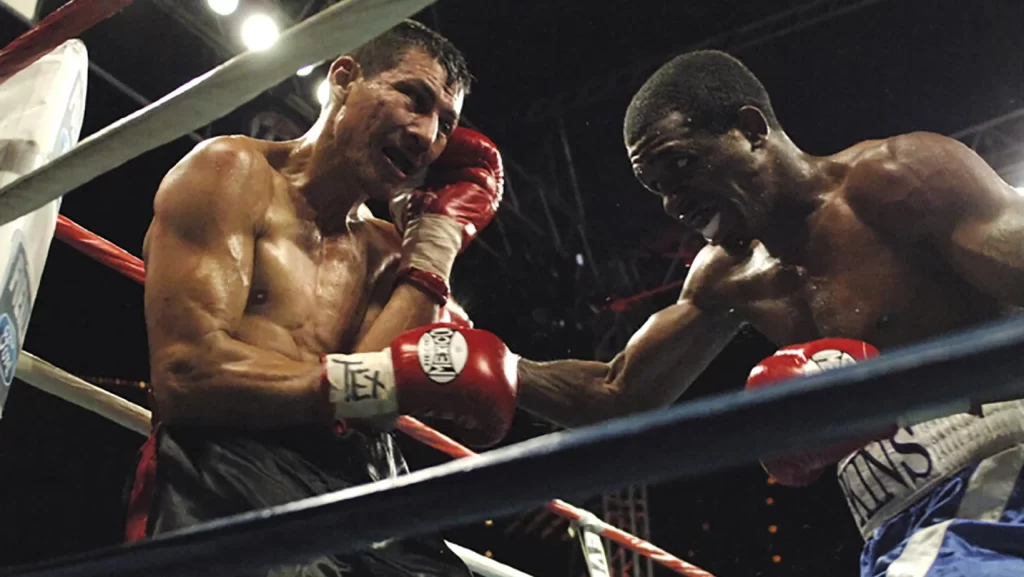
Pugilism is a term you don’t often hear in casual conversation, but for those familiar with the fight game, it carries deep historical and cultural significance. Simply put, pugilism is the art and practice of fighting with fists. Today, we know it as boxing.
The word “pugilism” is derived from the Latin word pugil, meaning “boxer,” and refers to a form of combat that emphasizes hand-to-hand fighting—typically in a ring, with rules, gloves, and a focus on skill, endurance, and strategy.
The history of pugilism stretches back thousands of years. While modern boxing has its own structured rules and global recognition, the sport’s roots are far more primal.
Fistfighting as a form of sport can be traced as far back as ancient civilizations. In ancient Greece, boxing was part of the Olympic Games as early as 688 BC. These bouts were raw and brutal—fighters often wrapped leather straps around their hands for protection, but there were no rounds, weight classes, or referees. Matches continued until one man could no longer continue.
The Romans adopted and modified the sport, adding metal studs to the leather straps—making the contests even more punishing. Eventually, due to its violent nature, the sport was banned as the Roman Empire began to shift toward more civilized forms of public entertainment.
After centuries of decline, pugilism reemerged in 18th-century England. This period introduced bare-knuckle boxing, where fighters went toe-to-toe with little protection and few rules. Fights were often held in secret or on the fringes of society and were as much about toughness as they were about skill.
Despite the brutality, this era began to shape the sport into something more recognizable. Early rules—such as the London Prize Ring Rules—introduced concepts like a ring, seconds (corner men), and even some primitive guidelines for fouls.
By the late 19th century, pugilism evolved into what we now consider modern boxing with the introduction of the Marquess of Queensberry Rules. These rules revolutionized the sport by:
These changes helped shift boxing from a brutal back-alley affair into a respected sport. Pugilists were no longer seen solely as brawlers—they were now athletes, technicians, and strategists.
Today, the word “pugilist” may sound old-fashioned, but its spirit lives on in every boxer who enters the ring. Pugilism isn’t just about throwing punches—it’s about mastering distance, timing, rhythm, and control. It’s about discipline, heart, and the will to overcome adversity.
The sport has continued to evolve, with amateur and professional boxing divisions, Olympic competition, and global superstars captivating audiences around the world. From grassroots gyms to championship bouts, the legacy of pugilism continues to thrive.
What makes pugilism so enduring is its simplicity and depth. It’s a test of will, endurance, and intelligence. While brute strength may help, true pugilists rely on strategy, technique, and mental fortitude. In the ring, every decision matters. Every move is calculated.
Pugilism also mirrors life in many ways—how to get up when you’re knocked down, how to stay calm under pressure, and how to fight through pain and fatigue when your back is against the ropes.
So, what is pugilism? It’s more than a word from the past. It’s the soul of boxing. It’s the art of controlled violence, a chess match with gloves, and a journey into self-discovery through combat.
Whether you’re a fan of boxing or a fighter yourself, understanding the roots of pugilism gives you a deeper appreciation of the sport. From ancient warriors to modern champions, the tradition of pugilism remains one of the most respected and enduring disciplines in the world of combat sports.